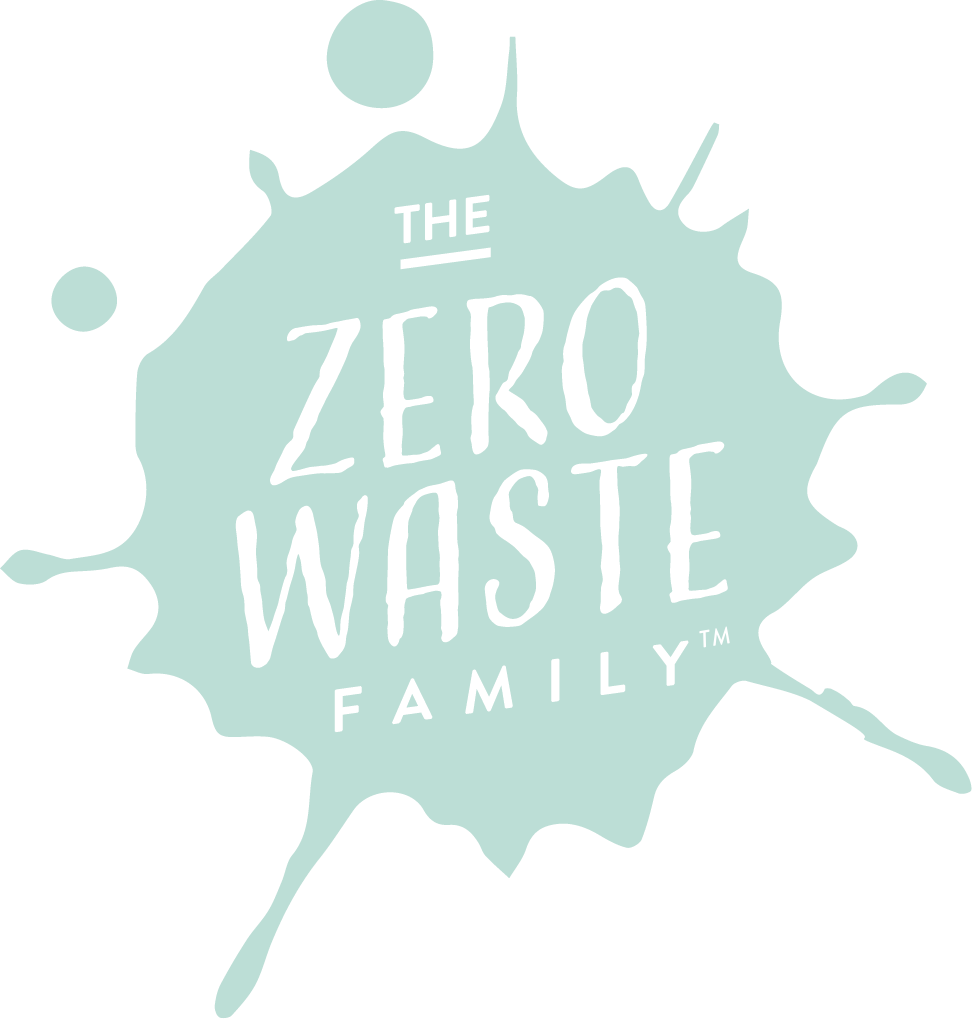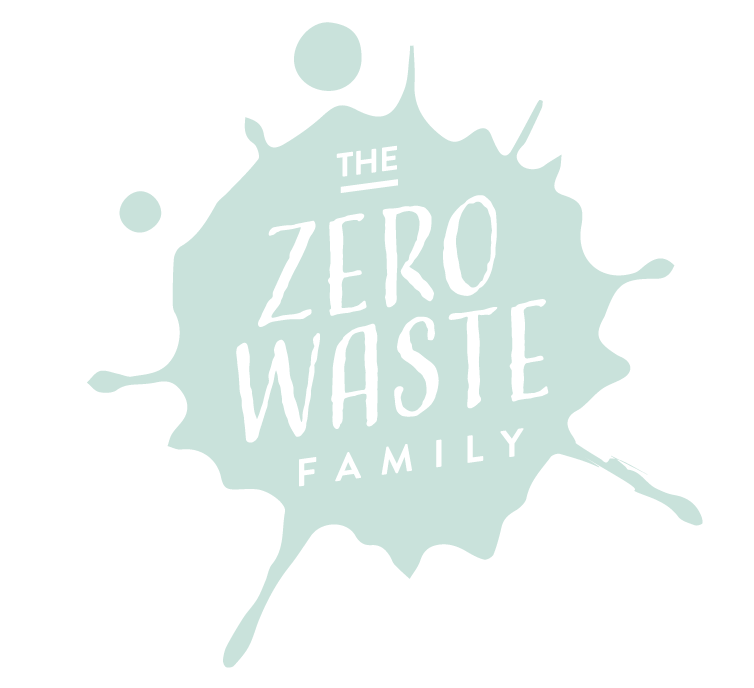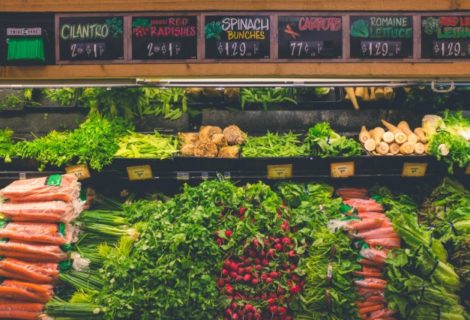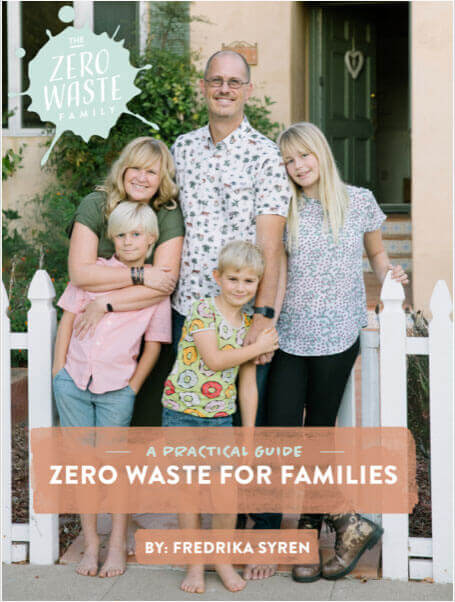By Larraine Roulston:
Thanksgiving is arguably one of the year’s most celebrated events, bringing family members together from far and wide. But, with travel come travel emissions. To lessen them, try to select the host location most central to everyone. Train, bus, and public transportation are the best environmental choices for travel. If you must fly, choose an airline with environmental policies.
with travel come travel emissions. To lessen them, try to select the host location most central to everyone. Train, bus, and public transportation are the best environmental choices for travel. If you must fly, choose an airline with environmental policies.
Without a doubt, the host and hostess put considerable effort into the gala family gathering. If you have not already done so, become eco-aware! There is a huge carbon footprint when providing the traditional food to your table and the ultimate disposal of unwanted leftovers.
As you clean your home, avoid toxic chemicals, opting instead for green cleaning products or vinegar and baking soda. When adding a touch of autumn décor, look no further than your backyard or neighborhood park for evergreen branches and leaves that can be returned to the earth later.
Your table setting for such a dinner should include reusable plates and cutlery. Avoid settling for disposable plates and plastic cutlery for extra snacks. Choose cloth napkins over fancy paper ones, and be mindful that beeswax candles burn cleaner than paraffin candles made from petroleum.
 Shopping with your reusable bags and selecting locally organic grown foods may result in your eliminating a few imported traditional favorites, but you’ll be forgiven. If wine is part of your feast, seek out organic wine. Supermarket turkeys from factory farms are most likely given hormones to speed up growth and antibiotics to resist disease. As well, pesticides are used to grow the grain to feed these birds. Instead, locate a local farmer who provides free-range, naturally fed turkeys or chickens.
Shopping with your reusable bags and selecting locally organic grown foods may result in your eliminating a few imported traditional favorites, but you’ll be forgiven. If wine is part of your feast, seek out organic wine. Supermarket turkeys from factory farms are most likely given hormones to speed up growth and antibiotics to resist disease. As well, pesticides are used to grow the grain to feed these birds. Instead, locate a local farmer who provides free-range, naturally fed turkeys or chickens.
The best environmental option is to eliminate meat and display a variety of delicious veggie recipes that have a much smaller impact on the planet. Perhaps create a new tradition as well by rescuing a turkey from a dinner table and providing it with a loving home. Visit FarmSanctuary.org for details.
You have several options for leftovers. For one, send some home with the guests. Another is to donate whatever is possible to a food bank. Or create soups and casseroles.
Given that the majority of people cook a turkey for Thanksgiving dinner, The Creative Cook’s Recycling Book offers this flavorful Turkey Wedges recipe for what remains.
- 1 onion, chopped
- 2 Tbsp (30 ml) oil
- 2 cups (500 ml) leftover cooked rice
- 2 cups (500 ml) diced cooked turkey
- 2 eggs, beaten
- ½ cup (125 ml) leftover gravy or stock
- 1 tsp (5 ml) salt
- ½ cup (125) celery, chopped
- ¾ (175 ml) or less leftover cranberry sauce
- 1 cup (250 ml) cheese, grated
- Sauté onion. Add cold rice and toss 2 for 3 minutes. Add turkey, gravy, eggs, salt and celery, and place in round casserole dish. Bake at 350 F (180 C) about 35 minutes. Remove from oven. Spread with layer of cranberry sauce and sprinkle with cheese. Return to oven and bake 5 minutes. Cut into wedges. Serve hot or cold.
Practicing the 3Rs and composting involves the entire family. Children can direct recycables to your blue box and plate scrapings into a pail for composting. Ultimately, they will be grateful that everyone is making sustainable decisions to keep the planet healthy.
Following your celebrations, simply relax with family and friends rather than become crushed in the crowds that dash out the day after Thanksgiving to buy more “stuff.”
Larraine authors the Pee Wee at Castle Compost series www.castlecompost.co










